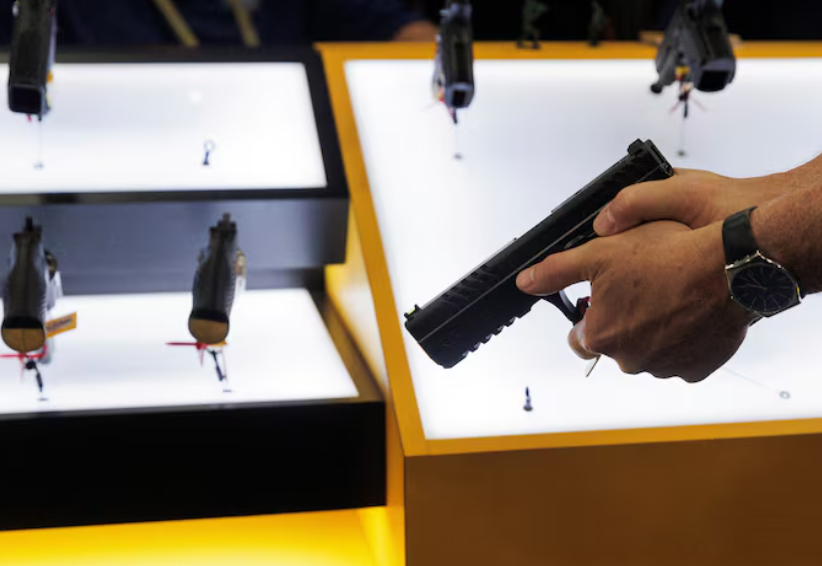In the past 48 hours alone, three separate mass-shooting incidents have shaken communities across the United States — underscoring a grim reality: large-scale gun violence is becoming tragically routine.

Phoenix, Arizona – Parking-lot dispute turns deadly
In south Phoenix, a confrontation in a parking lot triggered a shooting that left two people dead — a 30-year-old man and an 8-year-old girl — and others wounded, including children.
According to police, the dispute started between drivers in adjacent vehicles near a Lowe’s store before the fatal exchange of gunfire.
This incident highlights how everyday settings – a home-improvement store parking lot – can become scenes of tragedy, especially when firearms are present and conflict escalates.
Houston, Texas – Celebration turns to carnage
In southwest Houston early Saturday morning, gunfire at a large party left one woman dead and at least five others injured.
Police say an argument between two or three individuals escalated into multiple shooters opening fire at the event space near the Beltway.
The fact that the incident occurred during what should have been a communal gathering amplifies the tragedy — when shared celebration becomes shared grief.
Chicago, Illinois – Downtown shootings mar holiday kickoff
Hours after Chicago’s Christmas-tree lighting ceremony, two shootings in the Loop left one teen dead and eight others, mostly young, wounded.
The first shooting occurred near the Chicago Theatre around 9:50 p.m., leaving seven teenagers wounded; the second took place shortly after near South Dearborn, where the fatality occurred. ([Chicago Sun-Times][6])
Mayor Brandon Johnson described the incident as a setback to the city’s efforts and emphasized the urgent need to address gun violence among youth
A Worrying Pattern — And A Demand for Action
What links these three events is not just gunfire, but a deeper pattern: locations meant for regular life — parking lots, parties, festive gatherings — turning into flashpoints.
Many reporters committed to refusing the normalization of such violence, stress this is not “just another weekend” — it’s a national crisis.
Gun-violence experts say the threshold for “mass shooting” is four or more injured or killed in a single event (excluding the shooter). These incidents meet that mark and raise urgent questions about prevention, conflict resolution and policy.
Key takeaways:
- Escalation in everyday settings. Conflicts beginning as arguments or disputes turn deadly when firearms are present.
- Youth and gatherings hit hardest. The Chicago case in particular shows how large gatherings of young people can become vulnerable to sudden violence.
- Search for solutions must continue. While law enforcement responds after the fact, long-term measures — community interventions, conflict de-escalation, safe gathering environments — remain critically under-resourced.
Looking Forward
Communities must ask: what steps are being taken locally and nationally to stop the next weekend’s toll? Nearly dozen others were wounded across three states in one weekend. The victims are more than numbers: they are children, party-goers, workers, bystanders.
We cannot treat these tragedies as isolated. They demand a sustained response — from policy, from communities, from each of us. Silence or acceptance is not an option.

